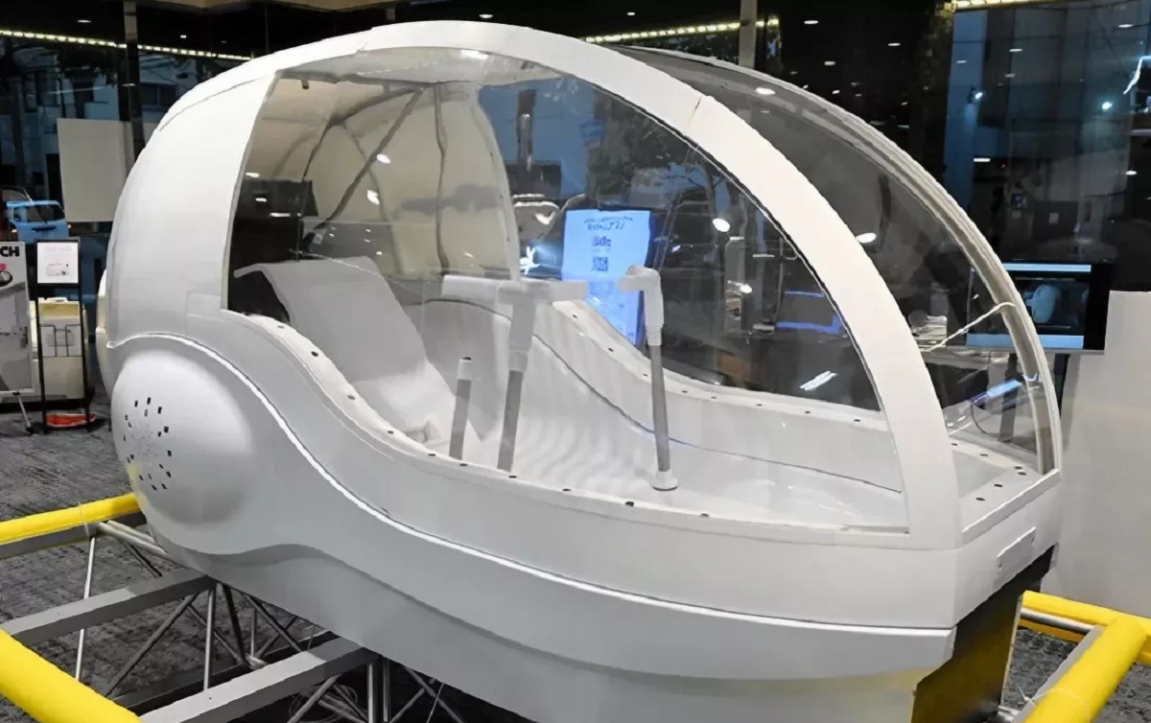
Rinse Cycle
A Japanese showerhead maker called Science Co. is planning to debut what it’s calling the “human washing machine of the future” at the Osaka Kansai Expo in April — and while we have no idea who the target customer might be, consider us morbidly fascinated.
The washing machine, which pretty much looks like a hypersleep chamber from Aliens (1986), will wash and dry willing humans in about 15 minutes, Japanese newspaper The Asahi Shimbun reported. And if getting scrubbed down like a frying pan isn’t a compelling sell, the washing machine of the future purportedly offers therapeutic benefits, too.
A separate Japanese paper, The Mainichi Shimbun, reported that “sensors scanning the person’s back measure their levels of stress and fatigue, and in response, the device outputs imagery in pace with their state of body and mind to create a relaxing space for them.”
Blast From the Past
Sure, it all sounds very futuristic. But the human washing machine concept is actually based on an idea from over 50 years ago.
The first-ever human washing machine was shown off at the Osaka expo in 1970. It was pod-like, made by Sanyo Electric Co. — that’s now part of the electronics giant Panasonic — and worked by filling with hot water to clean its test subjects with popping underwater bubbles and emitting ultrasonic waves.
“We aimed for small bubbles, which we thought would remove more dirt, but it was technically difficult,” former Sanyo engineer Eiji Yamaya told The Mainichi Shimbun.
In any case, Sanyo’s tub never made it to mass production. But 84-year-old Yamaya, along with 90-year-old, former Sanyo designer Manatsu Ueda, are advising Science Co. with the hope of a different outcome.
After allowing 1,000 participants to test out its oblong shower at the Osaka expo, Science Co. plans to prepare the human washing machine for home use.
“We’re about 70 percent there,” company chairman Yasuaki Aoyama said during a lecture this fall.
No problem, as long as the washing machine makes its users 100 percent clean.
More on hygiene: Scientists Took Swabs of Toothbrushes and Were Shocked by the Hundreds of Viruses They Found